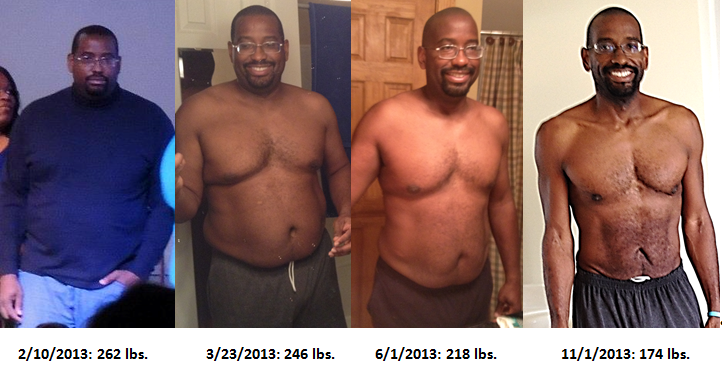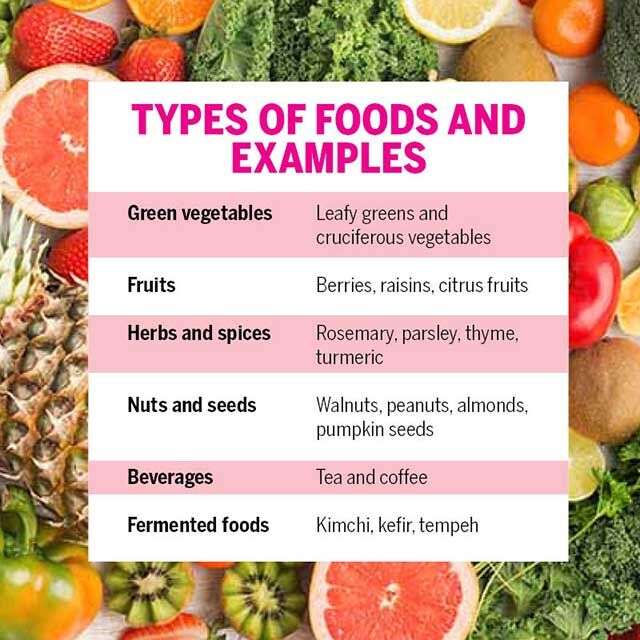
The bipartisan Policy Center launched a Rural Health Task Force on June 12 with funding from the Leona M. and Harry B. Helmsley Charitable Trust. The team includes physicians, business leaders, and former elected officials. Their recommendations will help policymakers make informed decisions about rural health. They are also committed to using data to inform their work. We will be reviewing a few strategies and policies currently being tried across the country.
Expanding Medicaid is a good idea for rural hospitals to use in order find the most efficient programs or services. Even though a modest Medicaid reimbursement is better that none, it can still leave a hospital with debt. Aside from that, the Affordable Care Act did not help rural hospitals financially. The Affordable Care Act provides commercial health insurance via exchanges. However, many people with low-incomes opt for high deductible plans. This means that hospitals do not get paid to provide their services. Rural hospitals cannot compete for patients with larger urban ones.

State Offices of Rural Health: States that participate in this program can receive financial assistance from the SORH. These offices coordinate activities in rural health for their respective states. SORH provides technical support to rural nonprofits and helps them identify federal and State programs for rural communities. In addition, the program promotes the analysis of data in order to identify the most effective means of providing health services. But what can rural systems of health do to improve their performance and be more efficient?
In rural areas, there is an acute shortage of physicians. Rural areas are home to a greater number of primary-care physicians than those in urban areas. In addition, there is a lower number of doctors who reside in these areas. This problem is especially acute in low-income rural communities that are often uninsured and underinsured. The commission hopes to create a fleet of mobile clinics for rural areas. If the program is successful, it will increase access to health care for rural areas.
In rural areas, there are different challenges than those in urban areas. Rural providers tend to have a lower income and less access to resources. This can adversely affect the quality of care. It is vital that a physician can provide quality care in rural areas. This will help reduce the chance of adverse outcomes. The skill of a physician is also important in the establishment of a healthy community within a remote area.

There are many differences in the delivery of health care in rural areas. Rural areas have fewer health care providers and resources. Patients will need to travel further to seek treatment. Consequently, many rural patients do not seek medical care in a city, and they are reluctant to take time off work to get to a clinic. This can cause delays and even worsen patient conditions. Self-employed farmers in rural areas may be several hours away from needed health care services. They also need to consider the challenges associated with caring for crops or livestock.
FAQ
Do I have to exercise every single day?
No! At least 30 minutes moderate-intensity exercise five days per week is a good goal. It means you need to exercise hard enough or walk fast enough that you are slightly out-of- breath.
Which exercise is the best for men?
It depends on what you're looking for. Cardio workouts can help you lose weight faster than strength training.
On the other hand, if you just want to build muscle mass, then strength training is better since it increases lean body mass.
Both types of exercise have proven benefits if you want to improve your overall health.
If you're looking to get fit fast, I recommend doing HIIT or sprint interval training. This type of training can help you lose fat quickly and increase your metabolism. It increases your endurance so you can continue training even when tired.
What is a good schedule for a 7-day work out?
A seven day exercise program should include cardiovascular training (running or biking), strength exercises (using freeweights, weight machines) and one flexibility/core workout. It's essential to do each activity at least once a week. The total time for each session should not exceed 45 minutes.
Cardiovascular Exercise: Running, Biking, Swimming
The goal is to get in at least 60 minutes of cardio activities per week. To achieve the best results, aim to exercise for at least 75 minutes each week. Cardio exercises can be used to increase blood flow, stimulate muscle growth, and improve blood circulation.
Strength Training
Cardio exercises focus on the heart and lungs while strength training targets muscles and bones. Strength training increases lean muscle mass and helps to burn calories even at rest.
Flexibility & Core Workouts
Core and flexibility exercises are great ways of strengthening your whole body. Both yoga as well as Pilates are great choices.
Do Men Need A Gym Membership?
For men, a gym membership is not required. However, your money will be more valuable if you join a gym.
Most gyms offer free trial members, which allows you to use the facilities without paying anything.
The gym is free to use whenever you wish, and there are no fees. You can cancel your membership as soon as you decide whether you love or hate it.
Can I go to the gym seven days a week?
Yes, you could go to the gym seven days per semaine but not all at one time. It is important to find a time and place where you can exercise without feeling tired or exhausted.
This will help keep you motivated and give you energy for other activities.
You should also ensure that your meals are well-balanced. This will ensure that you aren't tired and slow when you go to the gym.
Last, make sure there aren't any other things competing with your time. For example, if you have children, you may want to avoid exercising on school nights as they will distract you from your workout.
Statistics
- 10 pounds in a month is likely during a lean bulking phase, especially for beginners. (muscleandstrength.com)
- Get free shipping and 25% off today. (healthline.com)
- Candidates and applicants must pass all four tests at 70% (minimum level) to graduate from Basic Deputy U.S. Marshal (BDUSM) Training. (usmarshals.gov)
- By John Thompson Take a whopping 38% off a set of PowerBlock Pros. (menshealth.com)
- Cardmembers earn 5% Back at Amazon.com with a Prime Credit Card. (amazon.com)
External Links
How To
How do I lose fat by exercising?
Exercise helps you lose calories by increasing your metabolism and oxygen intake.
Moderate intensity exercise is a safe way to lose weight.
These tips will help you burn fat and keep fit while exercising.
-
Cardio exercises can include running, walking, swimming or cycling.
-
Do 30 minutes of exercise three times a week.
-
If you want to lose more weight, add strength training to your routine.
-
Avoid intense training. You can build muscle without breaking down muscle tissue.
-
Keep hydrated during exercise. Water helps flush out toxins and keep your body properly hydrated.
-
After working out, drink low-fat protein shakes. Protein shakes can help boost energy and repair muscles.
-
Take smaller meals throughout each day to avoid feeling hungry.
-
Don't skip breakfast! Skipping breakfast can make you tired and sluggish.
-
Take care of your mental health. Stressful situations can slow metabolism.
-
Keep a positive attitude. Studies have shown that people who are convinced they are overweight gain more weight than those who feel they look attractive.
-
Sleep enough. Lack of sleep makes it harder to burn fat.
-
Stay active. Make sure you get up and move every hour.
-
Maintain a healthy diet. Eat right to feel satisfied and full for longer.
-
Find ways to relax. Your body won't release stress hormones that cause muscle tissue destruction if you have a tense mind.
A balanced diet provides all the nutrients necessary for growth and development.
You should eat six small meals per day rather than three large ones. This gives your body the time it needs to process what you've eat.
For strong bones, we need 500 mgs of calcium daily. Calcium can be found as a dairy product such as milk, yogurt and fortified soy drinks, orange juices, cereals, breads, and cereals.
Calcium is found in leafy green vegetables and beans, tofu as well as nuts, seeds, cheese, and seeds.
Your body needs vitamin D to absorb calcium. It's found in fatty fish, egg yolk, and some fortified foods.
Vitamin E is vital for your skin's health. Vitamin E can also be found in vegetable oil, wheat germ oils, peanuts as well almonds, sunflower seeds and corn.
Your body requires zinc to function normally and for wound healing. Zinc can also be found in legumes, oysters, meats and whole grains.
Zinc deficiency can cause fatigue and loss of appetite. It can also lead to depression and impaired immunity.
Consuming too much sugar can cause insulin resistance. This causes an increase in blood glucose levels. Insulin resistance causes weight gain.
Insulin resistance occurs when the bloodstream is full of free radicals. Free radicals are molecules containing unpaired electrons which cause damage to cells membranes.
Free radicals come mainly from food additives, pesticides, herbicides, preservatives, smoking, air pollution, radiation, chemicals in cosmetics, lotions, and household cleaning supplies.
Free radicals can lead to cancer and heart disease, diabetes mellitus, arthritis, asthma, and premature aging.
A well-balanced diet rich in antioxidants is the best way for you to avoid free radical damage. Antioxidants protect against oxidative damage.
Vitamin C is found in citrus fruits and beta carotene is found in carrots.
Additional antioxidant nutrients include selenium and copper, manganese and zinc.
Selenium helps to protect cells against free radicals and oxidative stress. Selenium can also be found in Brazil nuts (tuna), liver, kidneys and shrimp.
Copper protects the brain and eyes as well as the lungs and red blood cells. Copper is found in shellfish, poultry, meat, and organ meats.
Manganese forms an essential part of bone structure. Manganese may be found in brown rice or spinach, bananas and prunes as well raisins, oatmeal and lentils.
Zinc is necessary for average growth, reproduction, and wound healing. Zn can also be found in white fish, lean cuts of meat, poultry, and eggs.